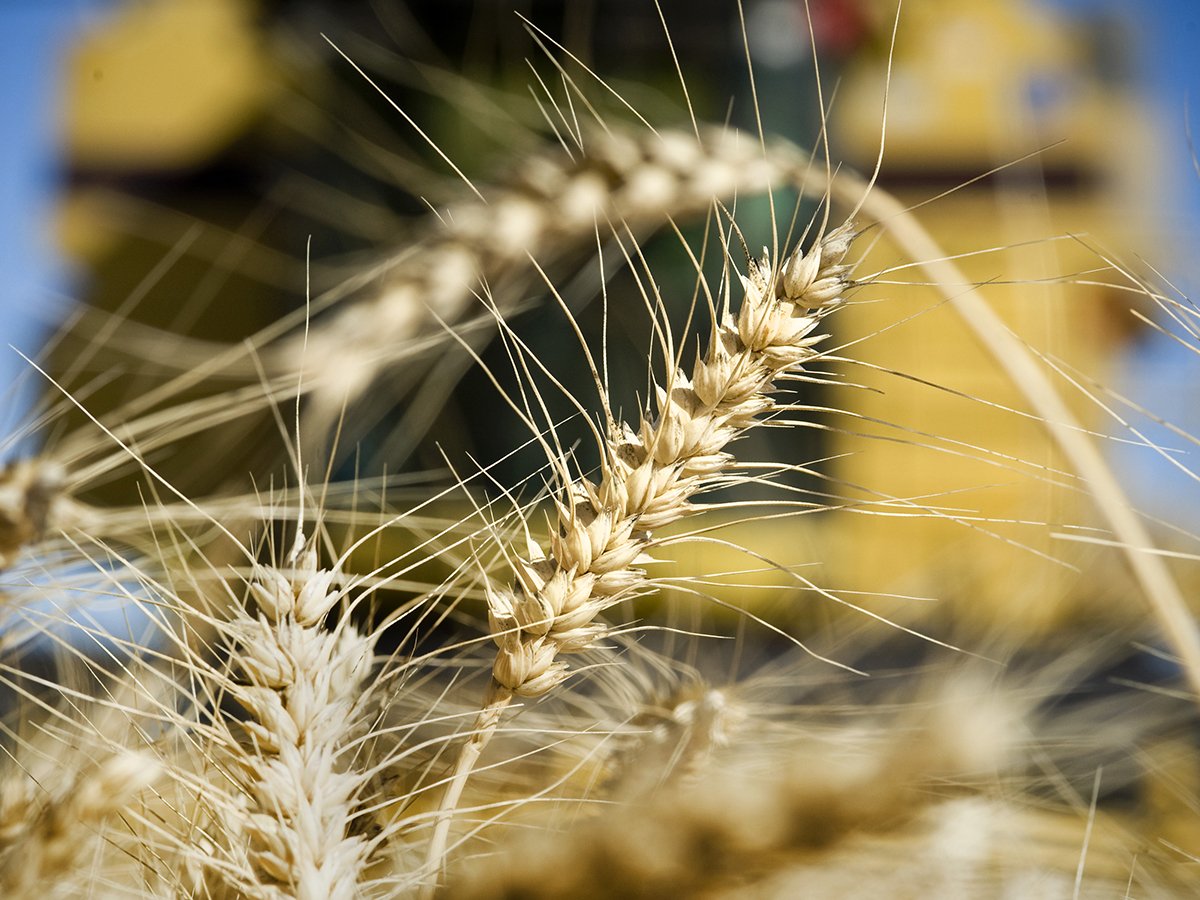It was a political triumph as much as an industry milestone. In Canada’s food exporting history, 1996 stood out as a banner year as the value of exports topped $20 billion.
The preceding seven years had seen remarkable growth as the value of exports more than doubled.
To hear government and export industry officials tell it, the record-breaking year was no accident. A series of political decisions and some effective government-industry collaboration had set the stage for the accomplishment.
In fact, just the previous year government and industry had agreed on a goal of $20 billion in exports by the end of the decade.
Read Also

European wheat production makes big recovery
EU crop prospects are vastly improved, which could mean fewer canola and durum imports from Canada.
“There is no doubt that setting targets and being able to hold the government and industry accountable for them had an impact,” said Myles Frosst of the Canadian Agrifood Marketing Council, an industry advisory group created by the federal government in the mid-1990s to help achieve export targets.
With $20 billion achieved, the current target is to reach four percent of world trade, an estimated $40 billion in exports, by 2005.
“We need a goal to hold people accountable,” said Frosst.
Food exports have always been an important Canadian source of foreign currency. Governments since the free trade-promoting regime of Wilfrid Laurier in 1896 have pursued trade and tariff-reduction policies to promote food trade.
But the recent increase in political attention can be traced to 1989 and the advent of the Canada-United States free trade agreement.
Focus on agriculture
With the forces of free trade unleashed, policy makers began to consider what sectors of the Canadian economy could be winners. Since agricultural export sectors like grain and livestock had been boosters of the free trade talks, agriculture was a natural target.
Yet the reality was that Canadian food exporters had been losing world market share for decades. From a peak of 5.5 percent, it had fallen to just over three percent.
Attention was needed.
Progressive Conservative agriculture ministers Bill McKnight and Charlie Mayer made sure agriculture benefited from the Trade Opportunities Strategy launched by Brian Mulroney’s Progressive Conservative government after the free trade deal.
Then the Liberals took office in 1993 and embraced both a North American free trade deal and a new world liberalization plan negotiated in Geneva.
“The Liberals came in and they bought the globalization mantra that Mulroney had been preaching,” said Don Knoerr of Smithers, B.C., longtime Canadian Federation of Agriculture trade specialist.
“In many ways, they took it more seriously.”
The result was the $20 billion goal, the creation of the marketing council, the later $40 billion goal, and a determination to make trade liberalization the cornerstone of agricultural policy.
“We haven’t really put a lot of money into it but the government has put forward a vision that we can do better,” said veteran Agriculture Canada trade specialist Gord Richardson.
“It has gotten a lot of visibility.”















